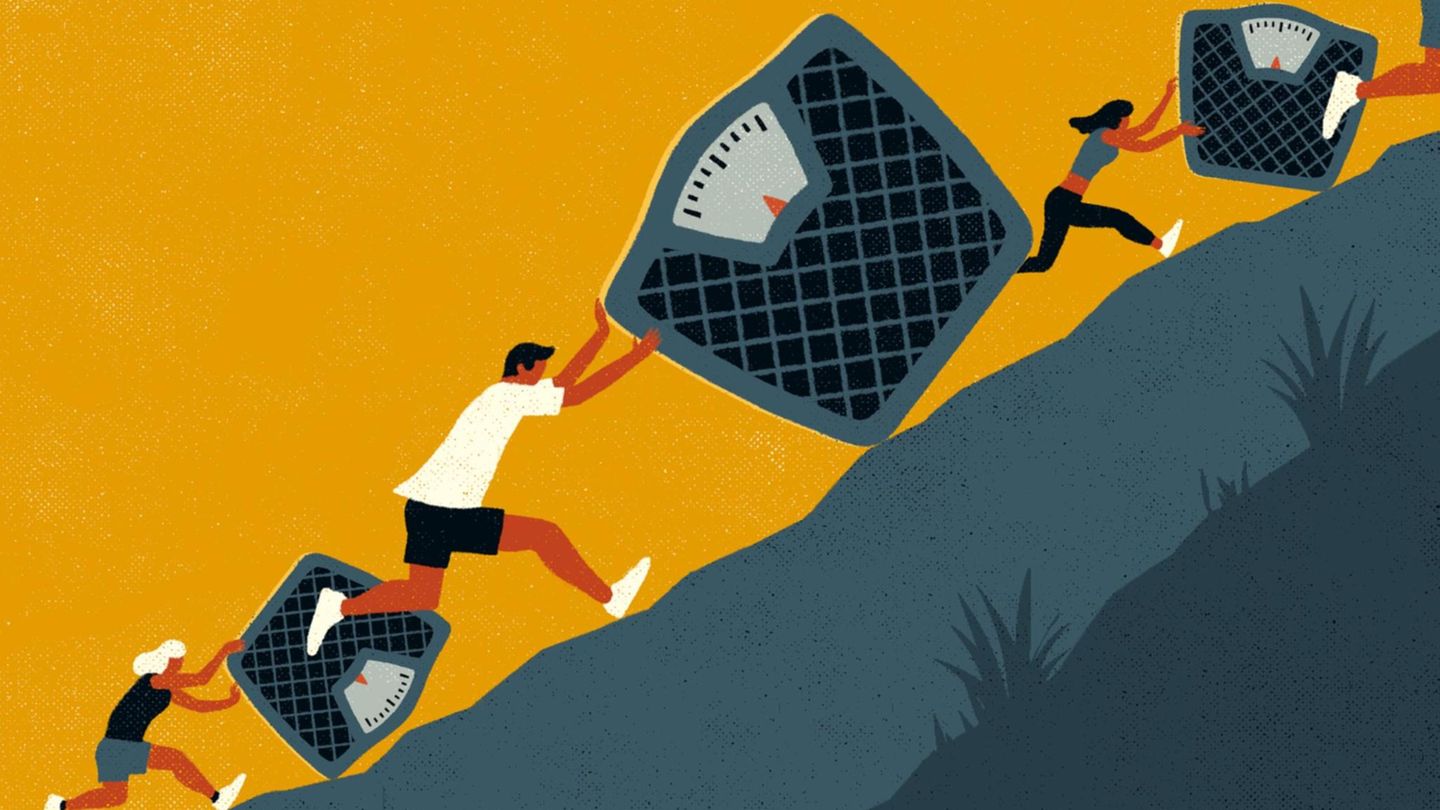However, the advisers come up against a great difficulty: this flow of votes is made up of a group of citizens about whose behavior there are only doubts that neither pollsters nor analysts have been able to decipher until now.
In the last year, a paradox further complicates the reading of the phenomenon and that is that despite the notable increase in intensity and political effervescence in Chile, abstention levels are a variable that remains unchanged.
Politicization and abstention are phenomena that run in parallel, the second is a gradual phenomenon that has been observed since the return to democracy (1990) and has young people as protagonists, in a context of “low intensity democracy”, explains analyst Aldo Madariaga, associate researcher at the Center for Conflict and Social Cohesion Studies (COES).
“All the agreements that shaped the democratic transition in Chile gave a lot of stability and robustness to the system, but they also offered very few alternatives. While the consensus grew, so did the apathy of those who did not see alternatives, and warned that they should vote for whom they voted, nothing was substantially modified“, Add.
The sharp drop in electoral participation in Chile, where voting is voluntary, is an issue whose concern increases to the extent that it is posed as a serious democratic deficit and political support for the obligation grows more and more throughout the political arc .
The system prior to the current one inherited from the dictatorship – of voluntary registration and compulsory voting only for those who have carried out this process in the electoral registers – produced a progressive aging of the electoral roll due to the low proportion of young people who chose to register.
Seeking to reverse the downward trend, the first government of Michelle bachelet (2006-2010), near the end of his term, sponsored a project that invested so much: he established a automatic registration system, but simultaneously the vote became voluntary.
Little more than ten years and several elections later, the resounding drop in participation – less than 50% for the presidential elections and 40% for the municipal ones – showed that the attempt ended in a resounding failure, paradoxically in the midst of a broad citizen consensus on the voluntary vote.
In the early years, the vote was linked to those who had been in favor or against the dictatorship, but that “obviously was diluted over time, especially among young people,” Madariaga retakes, who is also a professor of Political Science at Diego Portales University.
Then there is a sector that manages to re-politicize the environment, which arouses interest after the successive student mobilizations (2006 and 2011) and “awakens the interest of a certain fraction of the population, people who felt orphaned of political options.”
This re-politicization, however, does not succeed in re-enchanting the population as a whole and that sector that does not vote, that 50% that is systematically kept on the sidelines, may or may not reactivate – and vote – depending on the situation.
The gigantic mobilizations of 2019 in Chile, which made headlines around the world, “were inorganic and expressed discontent without a clear axis,” and in the same way that there was no institutionality to process that discontent, there was also no political expression that contain and address.
“No one can claim the leadership of that movement, so it happens that there is no contradiction but parallelism, and that is part of the problem of Chilean democracy, incapable of generating roots in the population. It is a democracy of agreements and pacts between elites “, emphasizes Madariaga.
This discontent and / or mistrust had its obvious expression in the election of the Constituent Convention that draws up a new Magna Carta for the country, where the so-called “List of the People”, which arose precisely from the mobilizations and built a list outside the parties, had a tremendous representation.
However, then they tried to raise a (presidential) candidacy that fell shortly after “because they entered into very shady practices and imploded,” he explains.
All this path of the “People’s List” did a lot of damage to the possibilities of bringing together and conducting these processes, inside and outside the Constituent Assembly.
This complexity contributes to the fact that the universe of non-voters is something of which very little is known, says Madariaga.
“What we do know,” he continues, “is that these are young people, the middle and lower classes. Many of them the first professionals in their family, ´children of neoliberalism´ who managed to get a career, albeit at the cost of becoming deeply in debt, who they have experienced discrimination, abuses and inequalities firsthand “
Therefore, they have a certain social conscience, but at the same time they have a meritocratic idea of their achievements, of order, they are against corruption and “join the discourse that the State cannot give you everything”, in line with the right.
In summary, it is a very heterogeneous group that shares these characteristics.
“We are just understanding that it is a group that is going to be very decisive in the ballot, just as it was in the first, from the vote it had. Franco Parisi, which managed to bring them together with his speech.
There is a very accurate metaphor from the Uruguayan political scientist Juan Pablo Luna who points out that “we lost sight of the center”, but not the center in the traditional sense, between the left and the right, but the center that is below: “below the elites and also down in the sense that they are submerged and we don’t know who they are “, Madariaga graphs.
“Do not be confused, they are people who are politicized; they are in favor of politics, but against traditional politics, with a deep distrust of politicians and traditional ways of doing politics,” the analyst concluded.
Source From: Ambito
David William is a talented author who has made a name for himself in the world of writing. He is a professional author who writes on a wide range of topics, from general interest to opinion news. David is currently working as a writer at 24 hours worlds where he brings his unique perspective and in-depth research to his articles, making them both informative and engaging.




